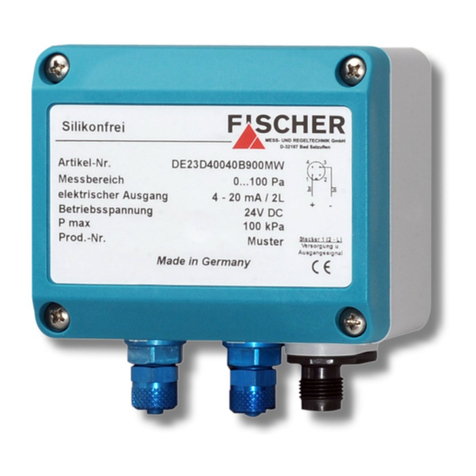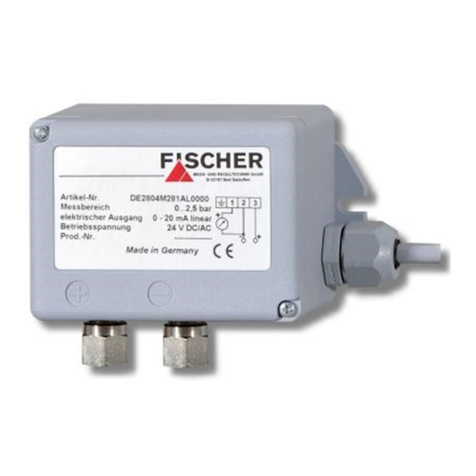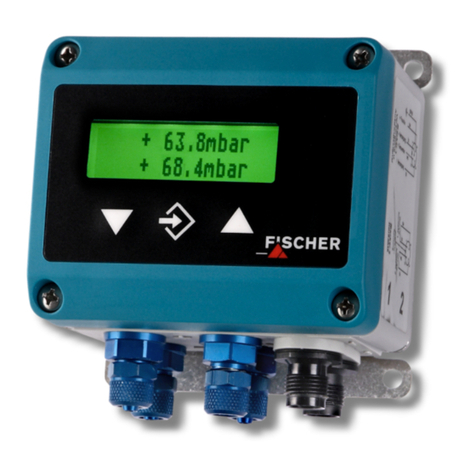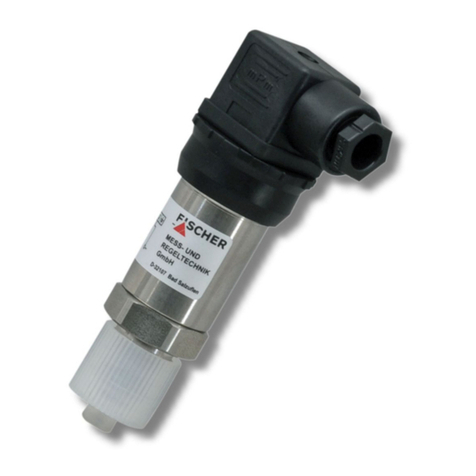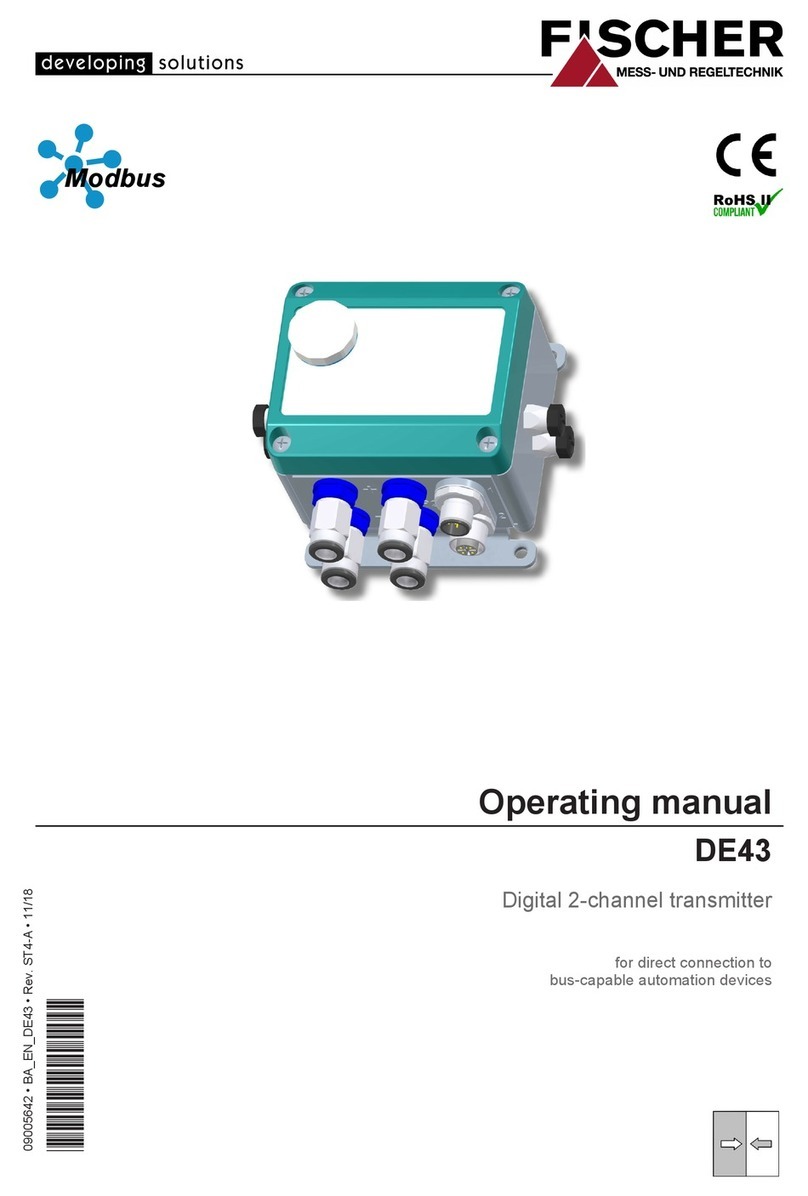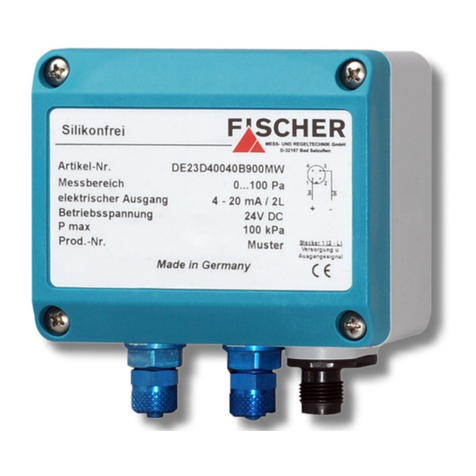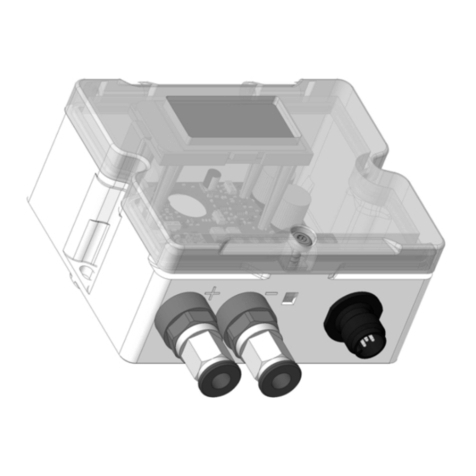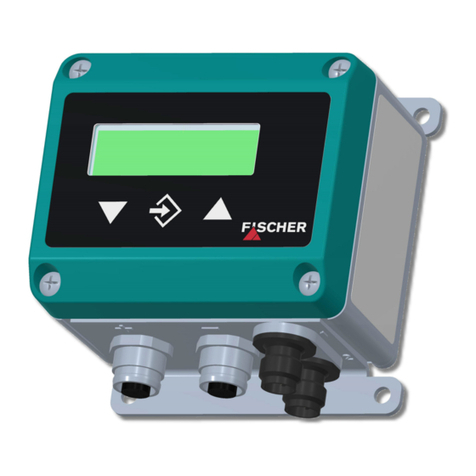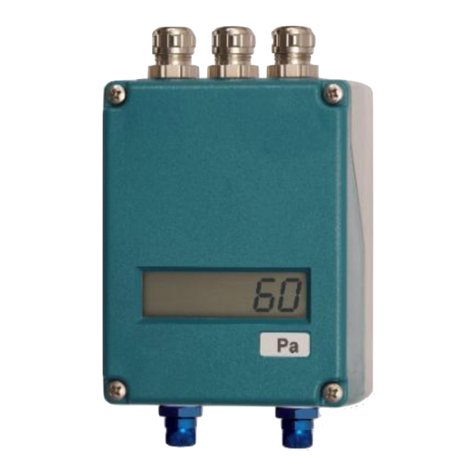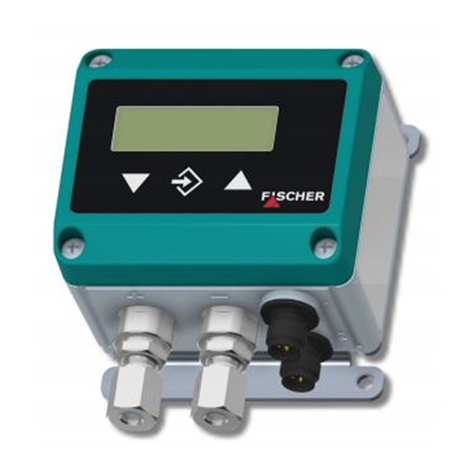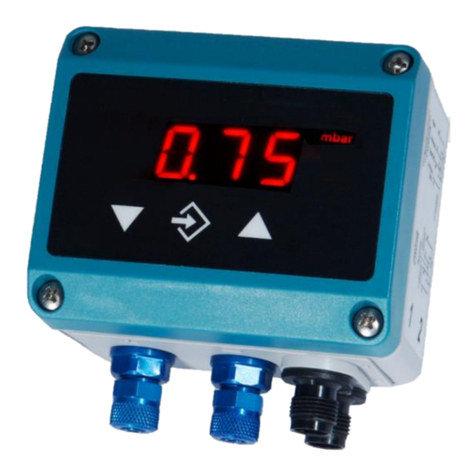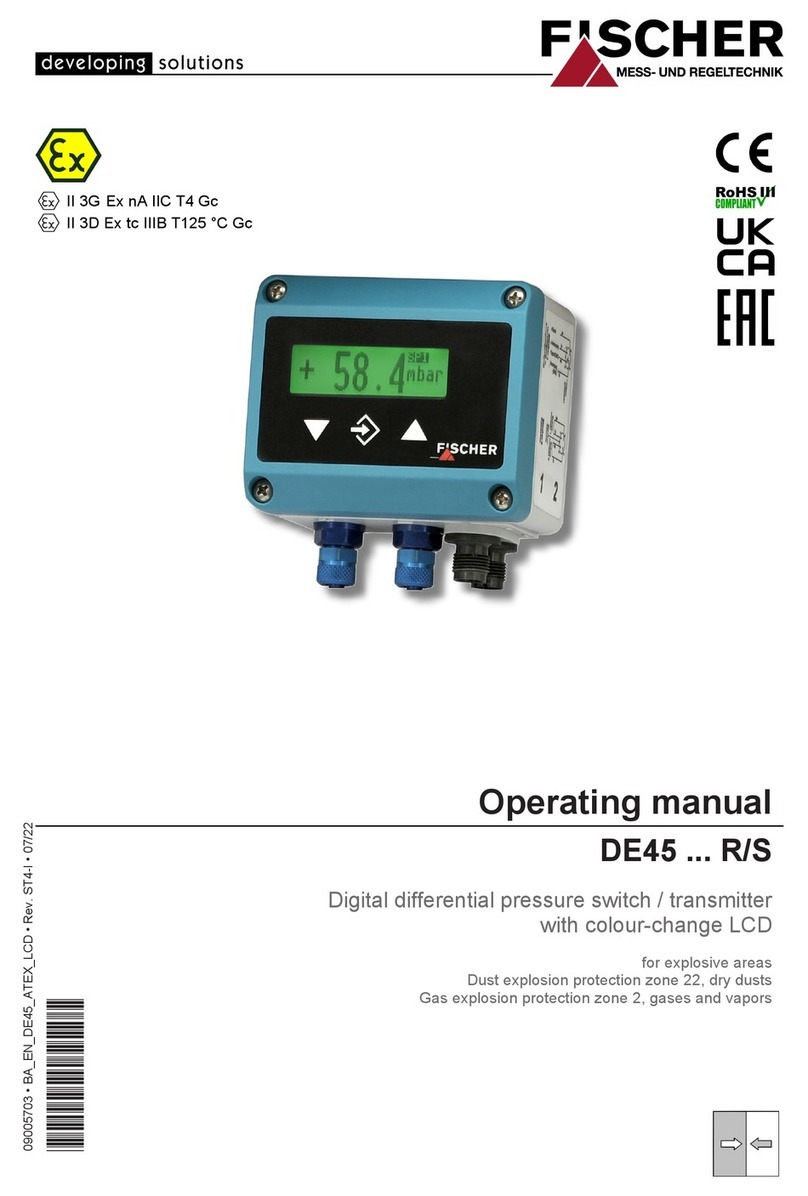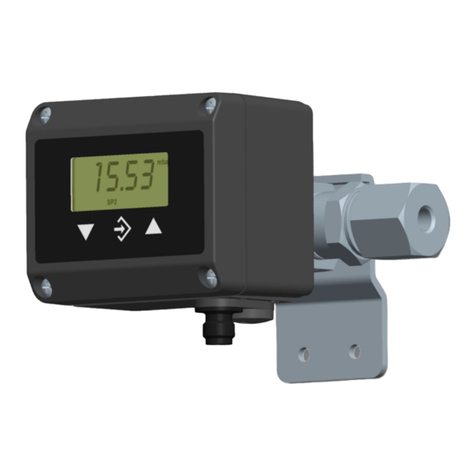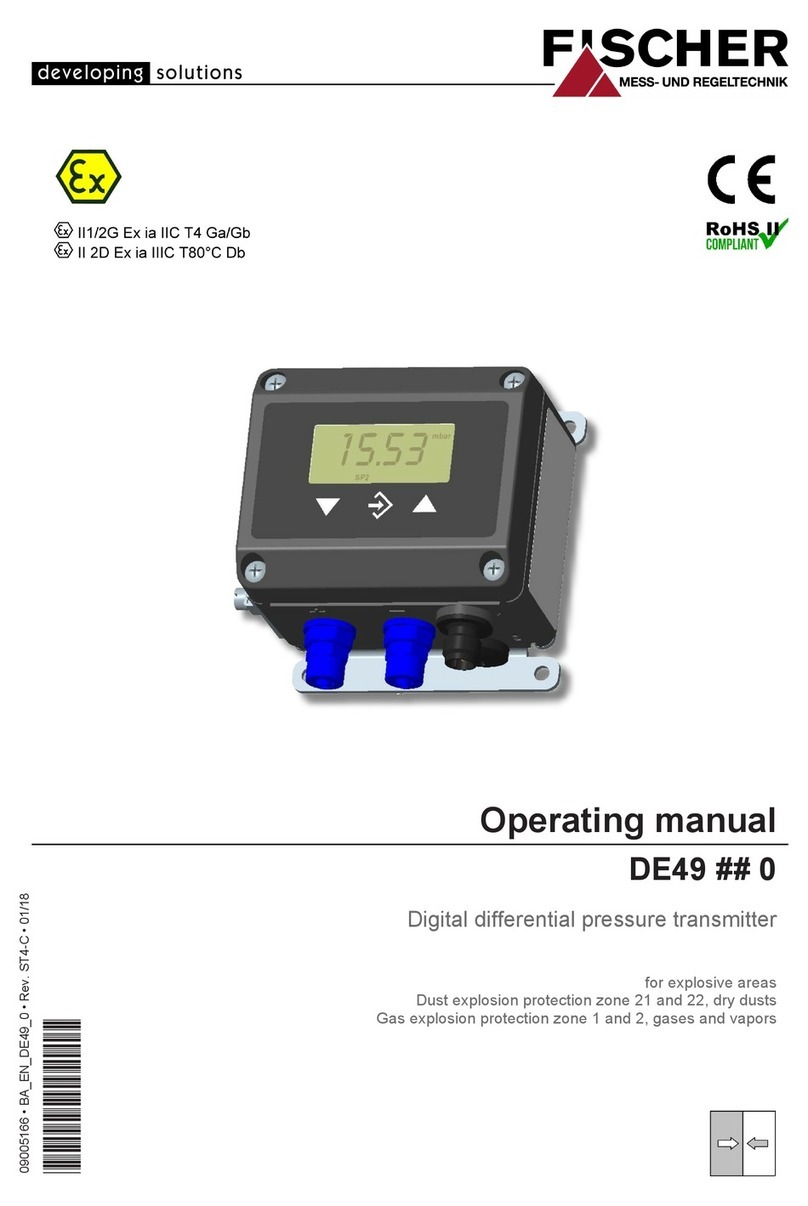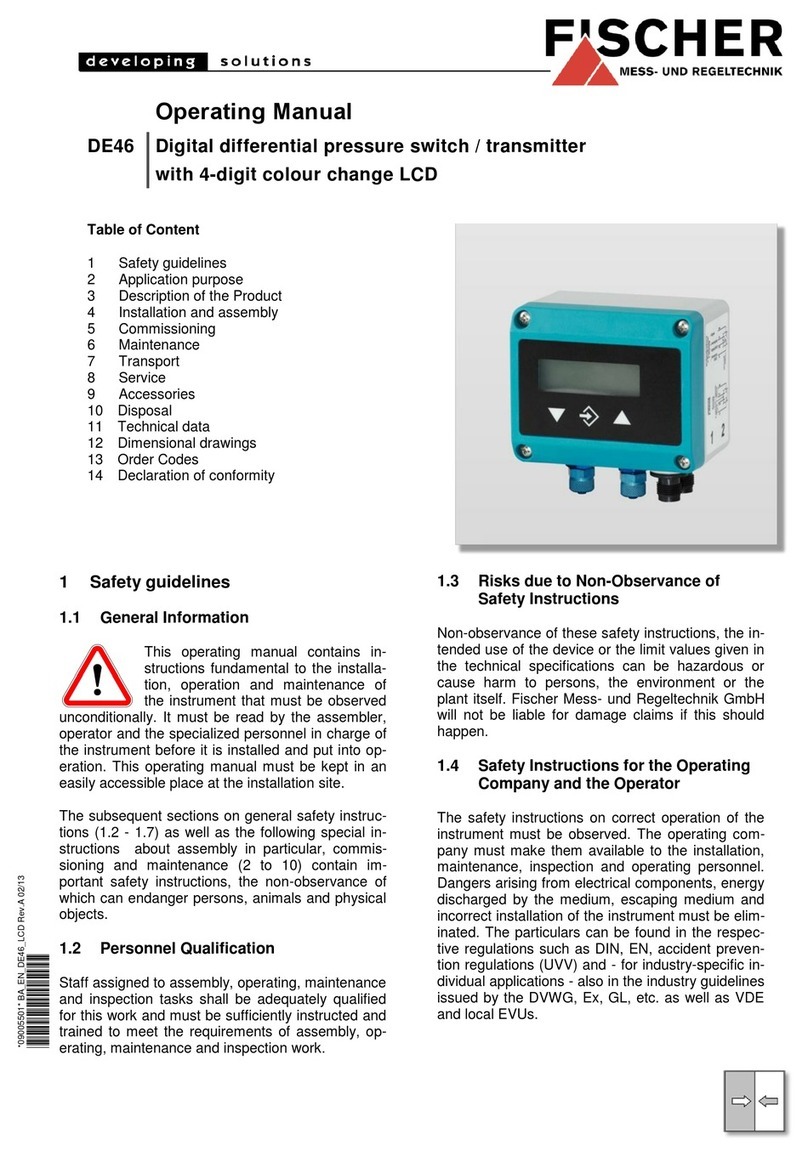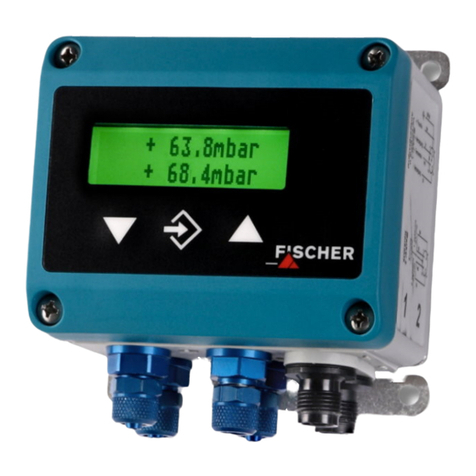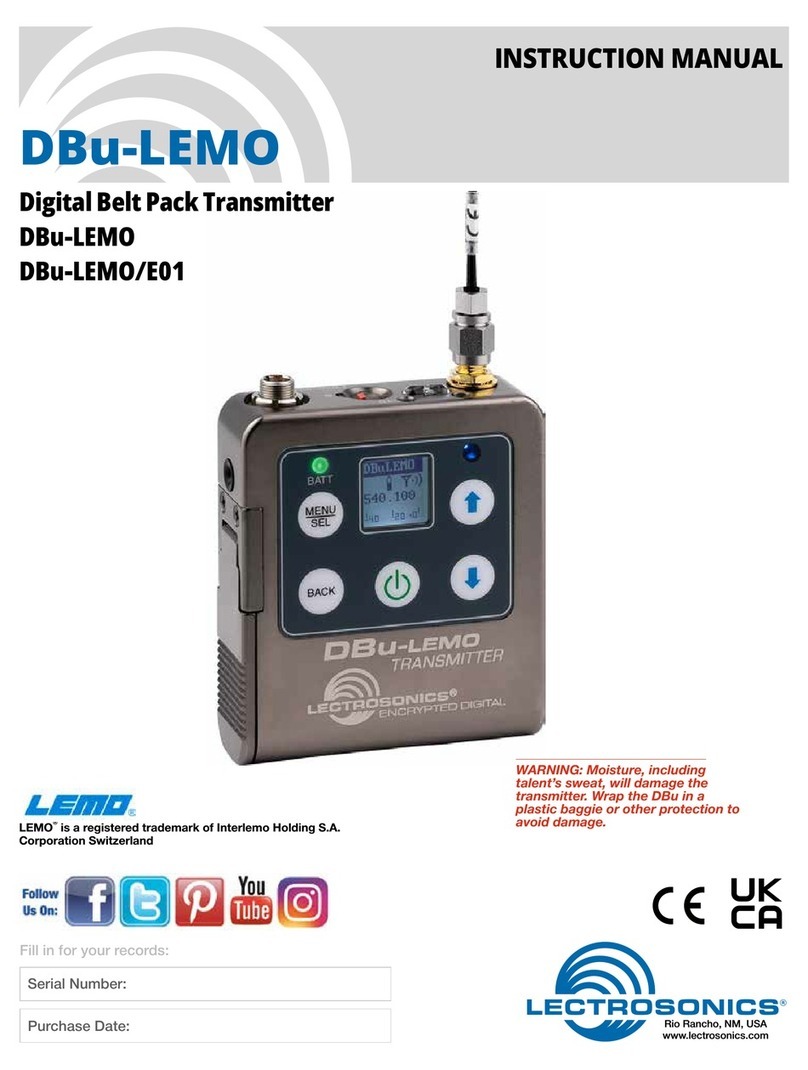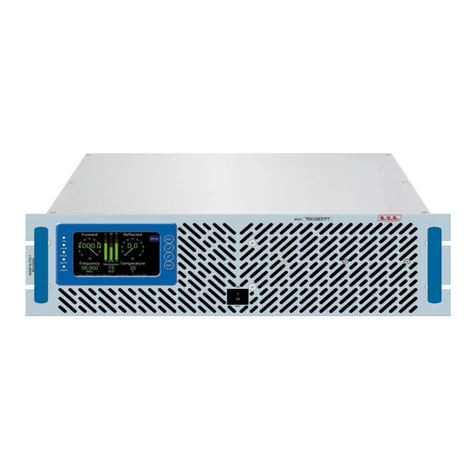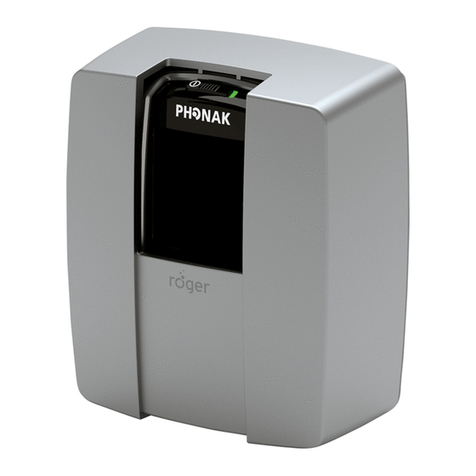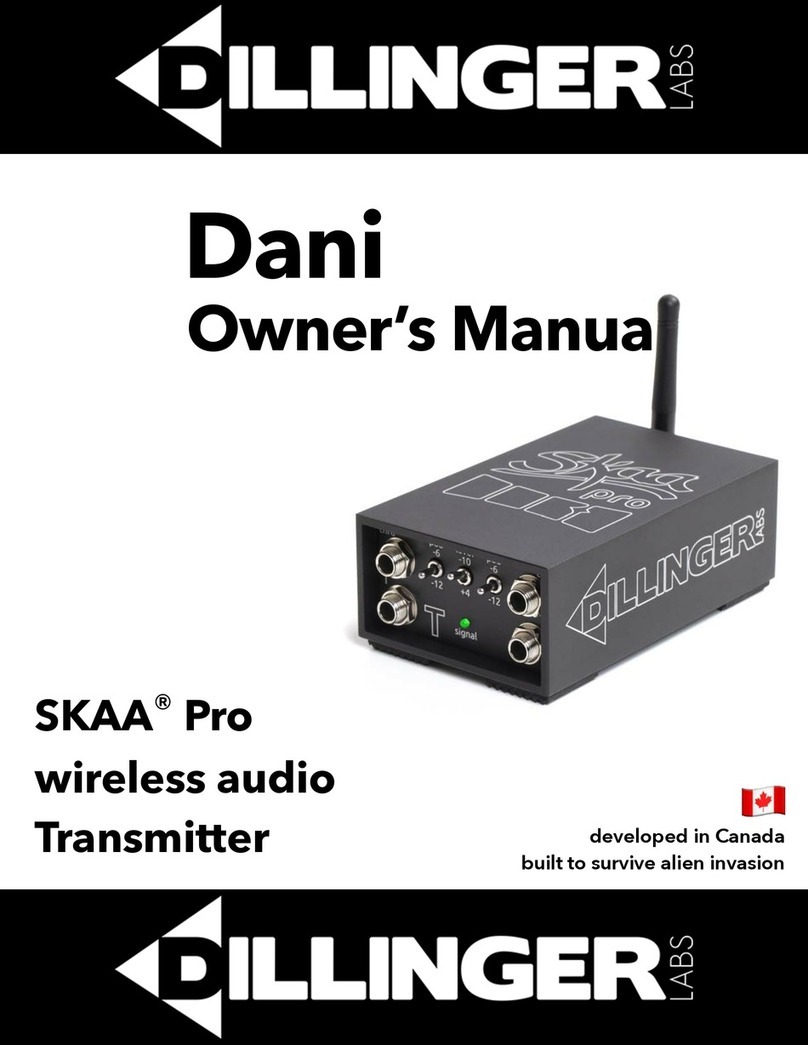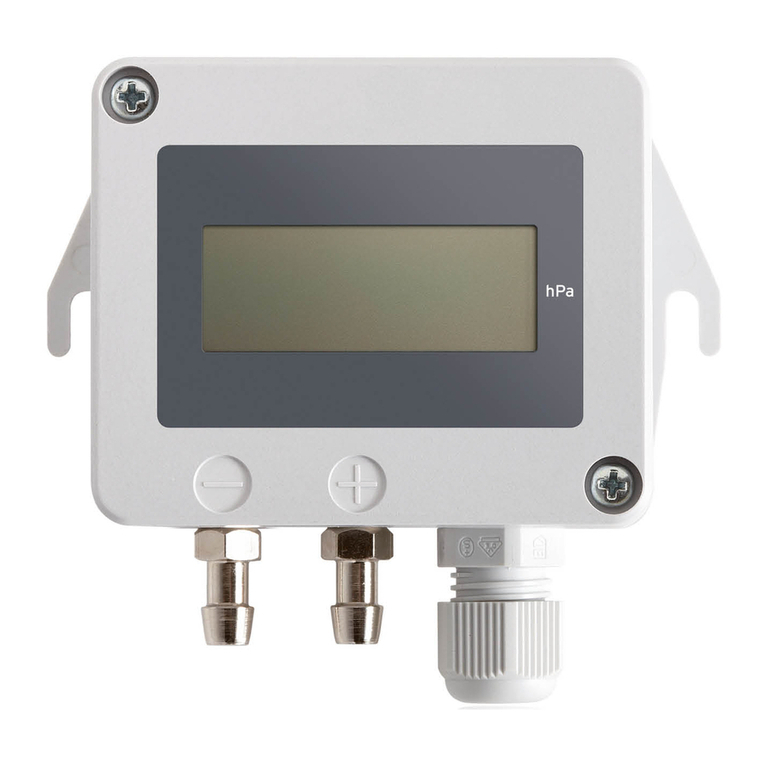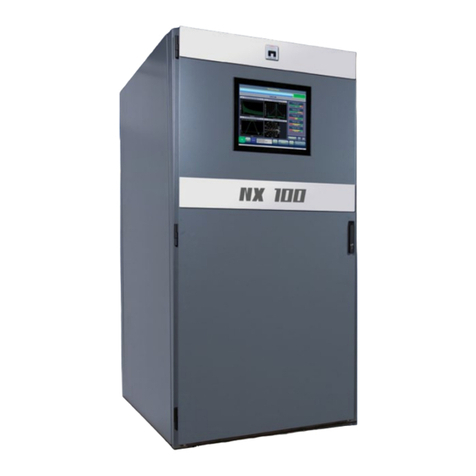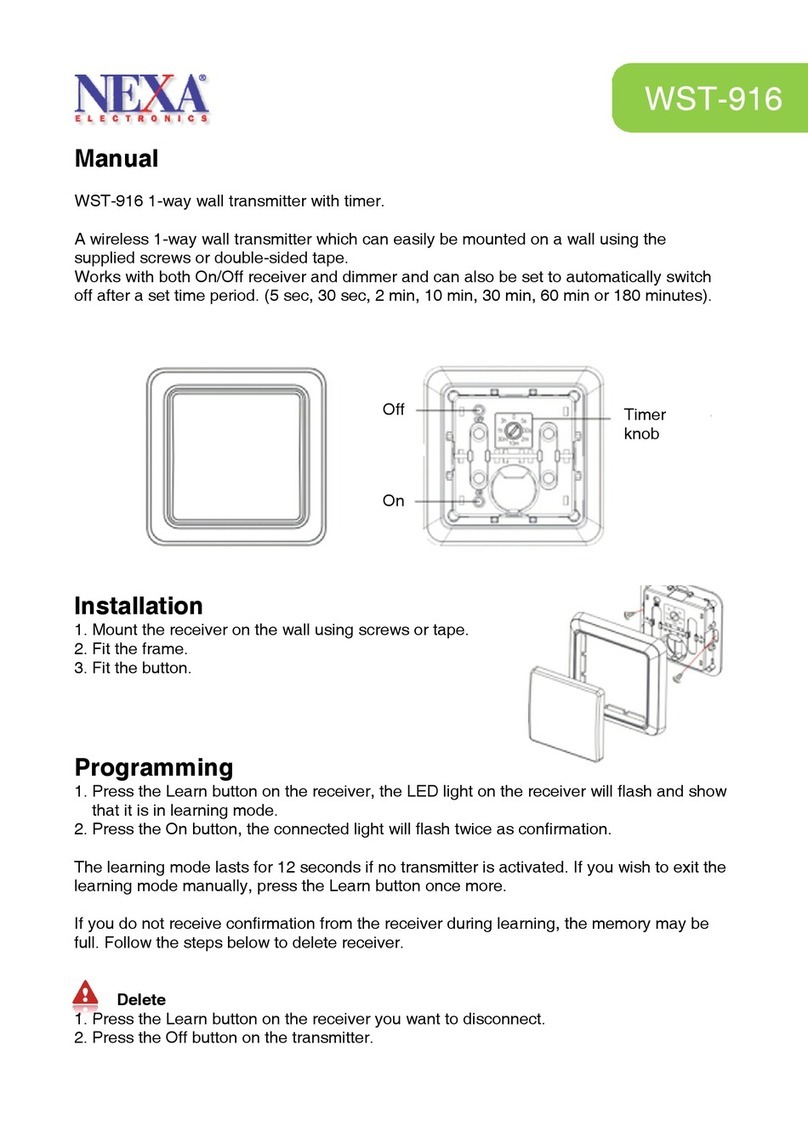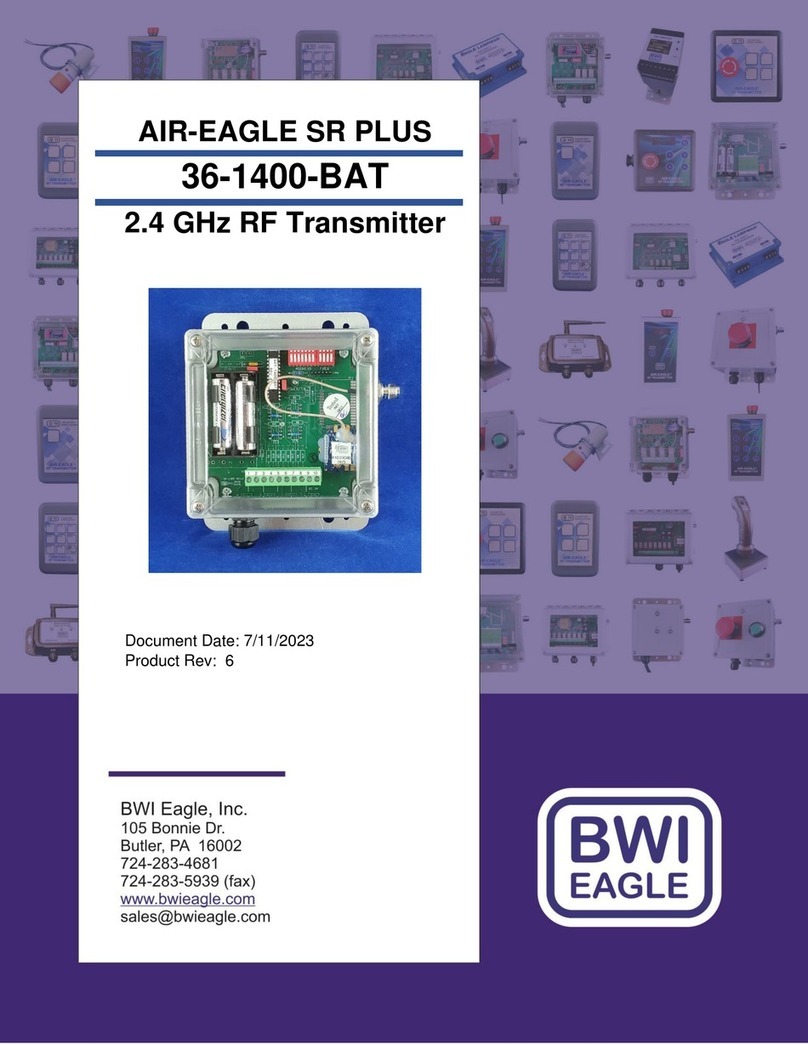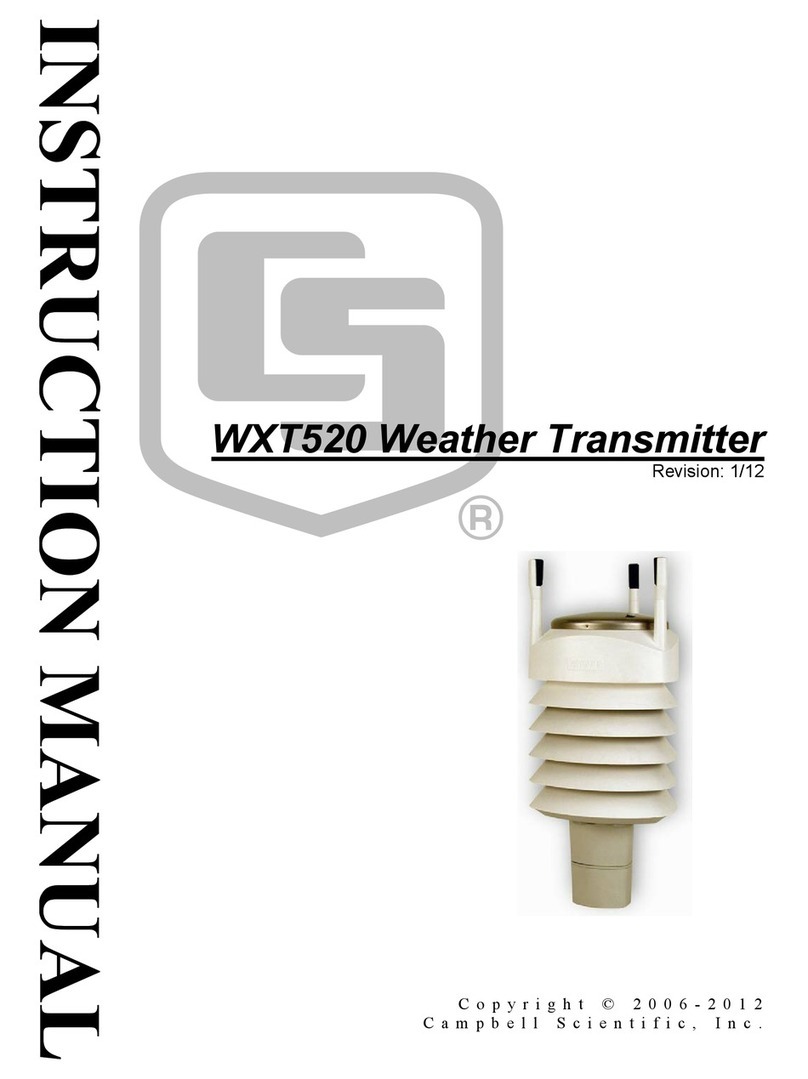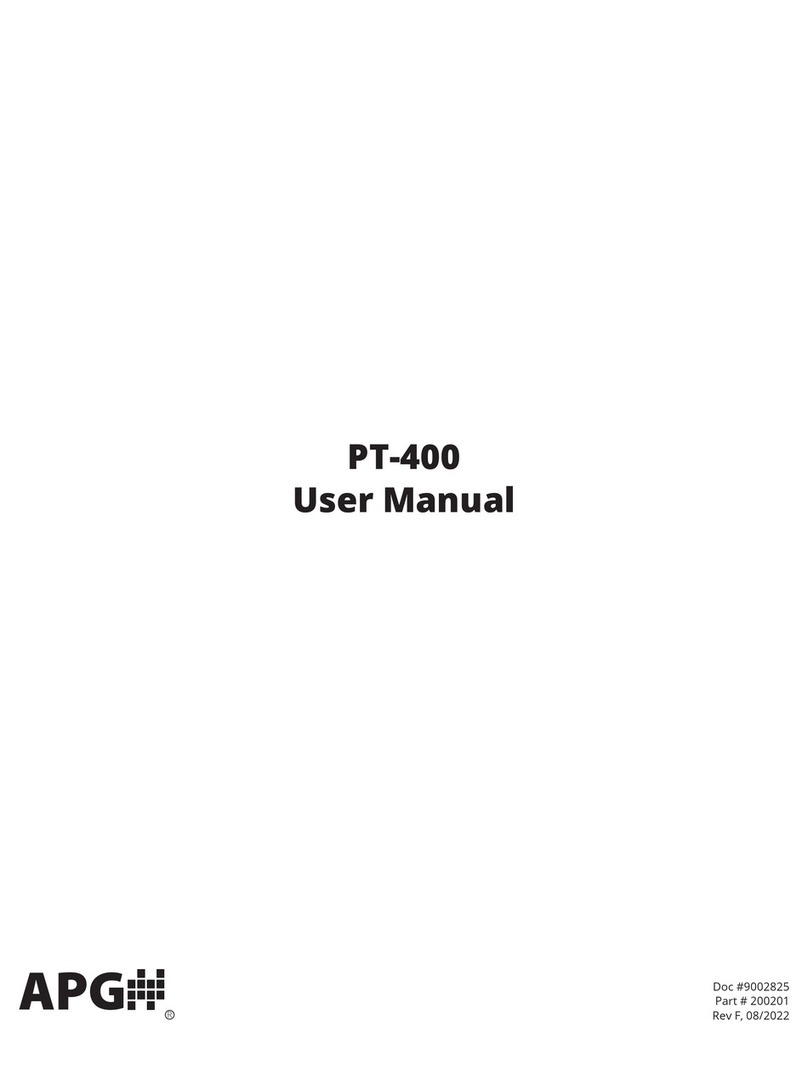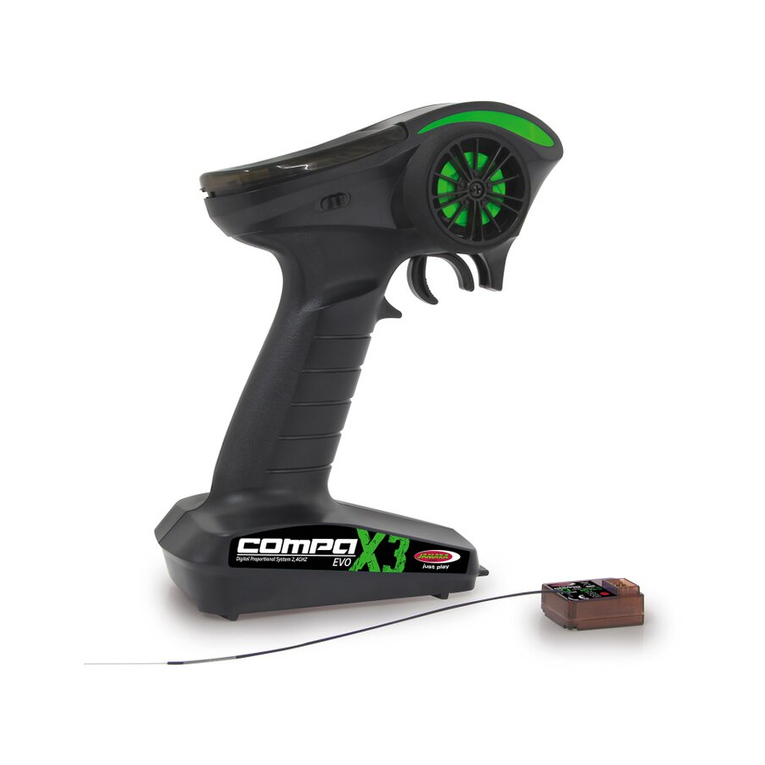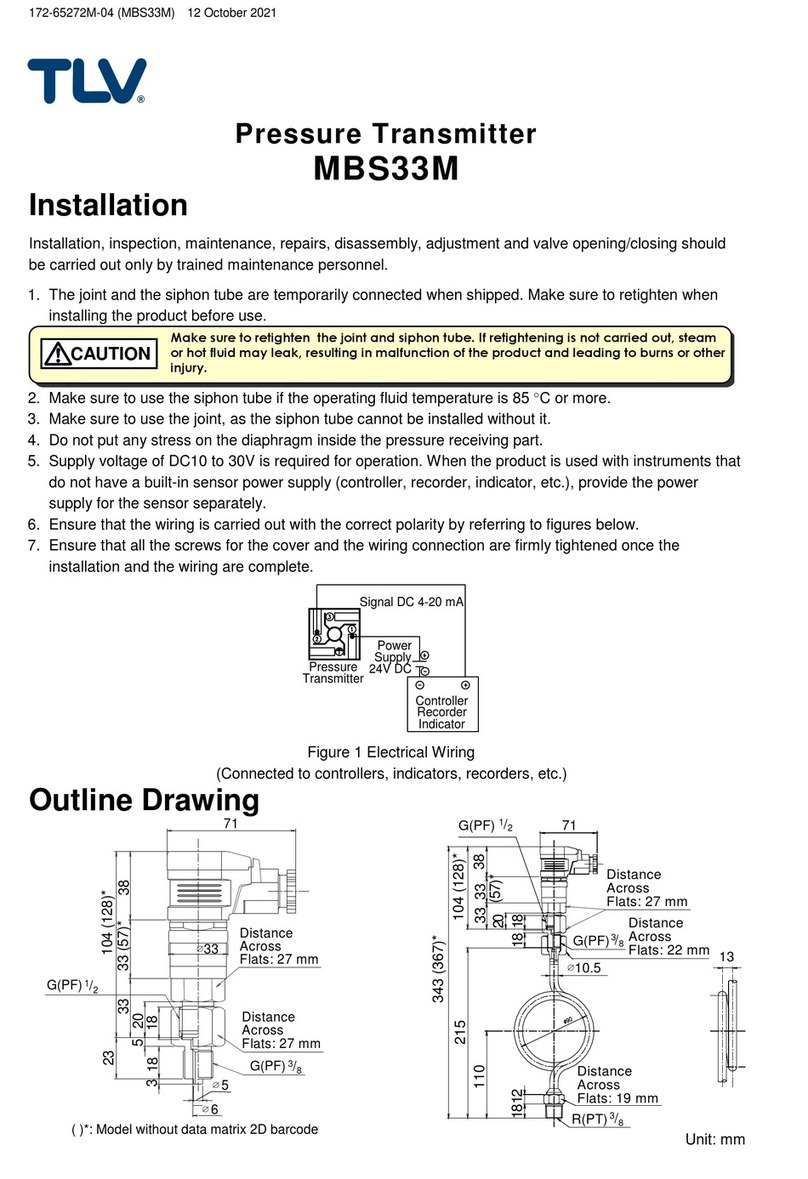5.3.2 Zero Point Checking and Adjustment
If the instrument has been de-pressurized (vented to at-
mosphere) and does not indicate precisely zero, note
this non-zero value. Using the set-up parameter OO
OO
FF
FF11
11
,
you can trim this offset to exactly zero. If the indicated
non-zero value is positive, this value must be entered
and stored as a negative offset value, and vice versa.
If the instrument was in use before zero
setting is done, values of set-up parame-
ters OO
OO
FF
FF11
11
and nn
nnPP
PP would have been pre-
viously programmed. In this case, set
both values to zero, read the actual zero
offset, and then use this value for OO
OO
FF
FF11
11
for zero point cor-
rection, as described in the previous paragraph.
Note: The registered value is a pure number: no deci-
mal point is indicated.
After correcting the zero offset, the pressure connecti-
ons can be made again.
5.3.3 Damping and Zero Stabilization
If the media is subject to excessive pressure fluctuati-
ons, the displayed readings and the transmitter output
signal can be stabilized using the instrument's DD
DD
AA
AAMM
MM
and
NN
NNPP
PPset-up parameters.
The set-up parameter DD
DD
AA
AAMM
MM
has the effect of a pulsation
damper (on the displayed measurements, output signal
and limit detection, - not on the sensor itself!). It adds a
time-constant (averaging filter) in the user selectable
range of 0.0 to 100.0 secs. When the damping is set to
maximum, it took more than 2 minutes to reach the final
value for a full scale pressure jump.
In many cases fluctuating pressure readings do not
cause a problem, except when the plant / equipment is
at zero (differential) pressure condition and readings
fluctuate near about zero value. The set-up parameter
NN
NNPP
PPis meant to take of this. Its value defines the number
range across zero (similar to the zero offset correction
number), within which the measured value is forced to
zero. If a value of 8 is set for NN
NN
PP
PPany pressure measure-
ment in the range -0.08 to +0.08 bar (or -8 to +8 kPa)
displayed as zero. Only when the actual pressure is
outside this range will the display indicate a non-zero
value. The actual and displayed pressures will agree
starting from double the value of the NN
NNPP
PP setting (in the
given example: 0.16 bar or 16 kPa).
5.3.4 Output Signal Setting
The transmitter output signal depends primarily on the
measured pressure. However, this signal can be adap-
ted to meet users' application requirements precisely.
The basic pressure range (as marked on the product
identification label) and the type of output signal (volta-
ge or current) always remain unchanged for a particular
instrument unit.
The set-up parameters MM
MM
AA
AA (measuring range starting
point) and MM
MM
EE
EE
(measuring range end point) specify the
pressure values between which the measurements are
expected to be. Both values can selected anywhere
within the specified measuring range of the instrument
(e.g., 400 kPa). This user-programmed pressure range
will correspond to the output signal (current or voltage)
range, which will be as specified on the product identifi-
cation plate: i.e., 0 ... 10V or 4 ... 20 mA.
If MM
MM
AA
AAis lower than MM
MM
EE
EE
, the signal is said to have a positi-
ve slope: i.e., the output signal increases as the pressu-
re increases. If MM
MM
EE
EE
is lower than MM
MM
AA
AA, the output signal
has a negative slope: i.e., the output signal decreases
as the pressure increases.
The difference between the values of MM
MM
AA
AAand MM
MM
EE
EE
must be
at least 25% of the specified measuring range of the in-
strument (100 kPa for 400 kPa instrument example
mentioned above). The software does not permit a
smaller pressure span to be entered (the instrument will
not allow storing of, nor exit from an inva-
lid span).
Note: If you change MM
MM
AA
AAand/or MM
MM
EE
EE
the look-
up table (s .5.3.6., 5.3.7.) that existed up
to that instant is deleted!
5.3.5 Output Signal Limiting (Namur)
The three set-up parameters oo
ooGG
GG
11
11
, oo
ooGG
GG
22
22 and oo
ooEE
EE
rr
rr specify
the limits of the signal output current or voltage that are
not to be exceeded, irrespective of the actual pressure.
These limit values have higher priority than the MM
MM
AA
AA and
MM
MM
EE
EE
pressure span settings.
These settings serve mainly to prevent control systems
from interpreting brief pressure excursions outside the
measuring range as error / fault events. oo
ooGG
GG
11
11
sets the
output signal minimum value, and is useful only for a
4 ... 20 mA current signal, because sometimes a value
below 3.8 mA is defined as a sensor fault condition. oo
ooGG
GG
22
22
sets the upper signal limit and is valid for either current
or voltage signal (e.g., voltage signal output can be limi-
ted at 10.2 V).
An instrument fault condition can be transmitted as an
output signal value set as parameter oo
ooEE
EE
rr
rr. However, it
should be understood that not all instrument fault and
error conditions can be detected and signaled by the
self-diagnostic functions of the instrument.
5.3.6 Signal Conversion and Transfer Functions
In certain cases other process variables are derived
from primary pressure measurement. Examples are
flow rate derived from differential pressure across an
orifice plate, and liquid level derived from hydrostatic
pressure of liquid measured at the bottom of the tank.
Such derivations often involve non-linear transfer functi-
ons, while it is necessary for the output signal to be line-
arly proportional to the derived variable (e.g. liquid volu-
me in a tank in m³, or flow rate in cm/sec).
The set-up parameter FF
FFallows the user to select the ap-
propriate signal conversion function from those
4
Contact: EK Engineering (www.ekeindia.com)
Mob: +91-9680966000












